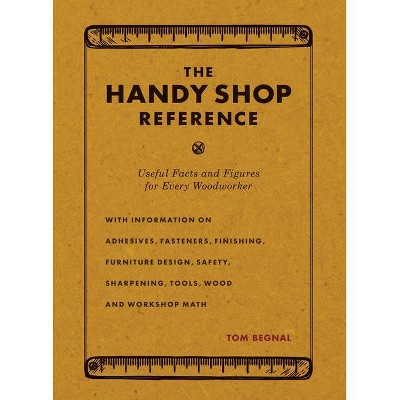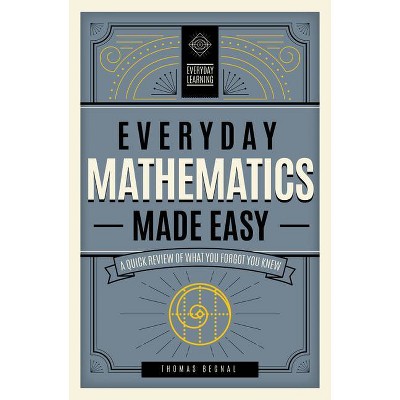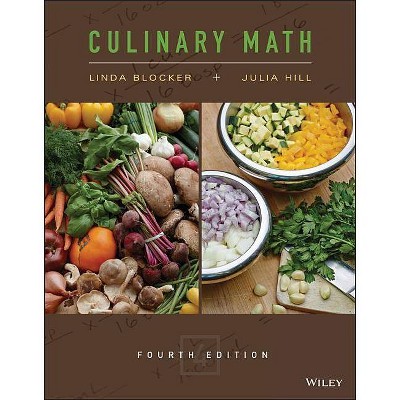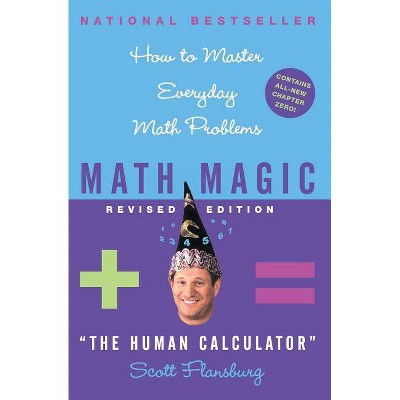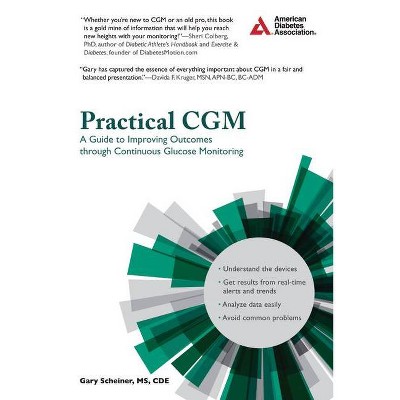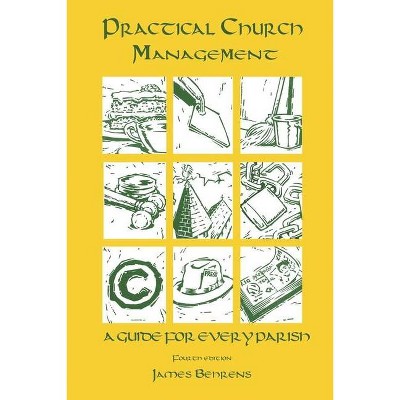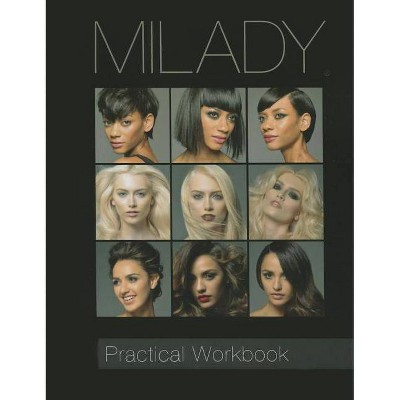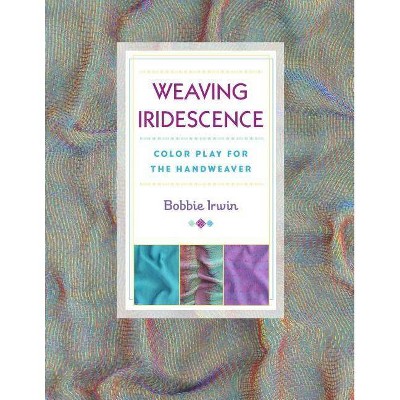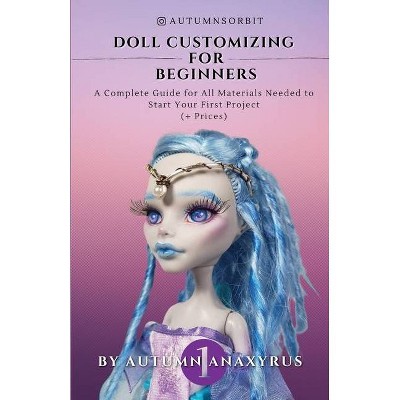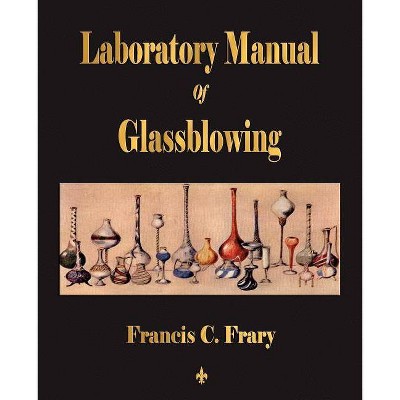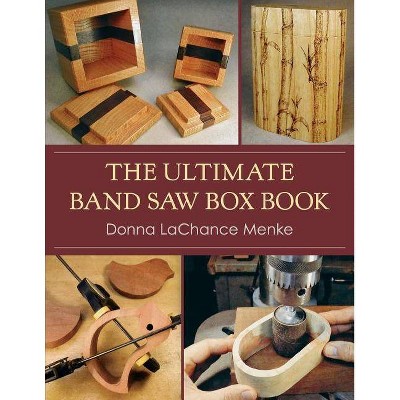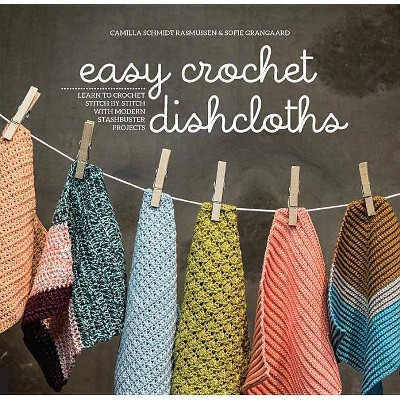Practical Shop Math - 2nd Edition by Tom Begnal (Paperback)
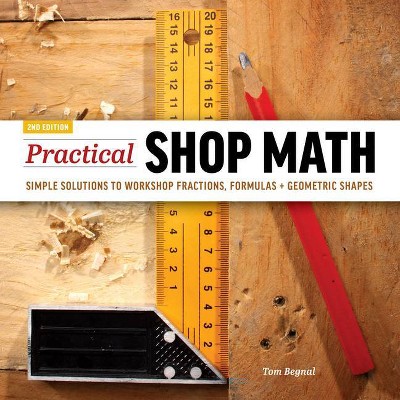
Similar Products
Products of same category from the store
AllProduct info
<p/><br></br><p><b> About the Book </b></p></br></br>"Updated edition of Popular woodworking practical shop math published by Spring House Press in 2018"--Title page verso.<p/><br></br><p><b> Book Synopsis </b></p></br></br><p><strong>Fear not, workshop math is not something to be scared of or avoided; </strong><strong><em>Practical Shop Math</em></strong><strong> covers it all from the basic to the advanced.</strong></p> <p>By its very nature, woodworking requires a basic understanding of math. Various numbers, in the form of thickness, width, and length dimensions, are used to describe the physical size of a a woodworking project and its component parts. Inevitably, these dimensions -written as whole numbers, fractions, and decimals - must be added, subtracted, multiplied, and divided in order to cut and assemble the project.</p> <p>Although math is an essential part of woodworking, a surprising number of crafters feel intimidated when working with decimals, fractions, geometry, and formula. Fear not; workshop math is not something to be scared of or avoided. Woodworking involves a lot of math and you'll be at a disadvantage in the workshop if you don't know or can't remember how to do basic calculations. Even if you do know how to work with fractions, decimals, and geometric shapes, this tremendously handy and comprehensive guide from a Tom Begnal, a life-long woodworker and former editor at <em>Fine Woodworking</em>, <em>Woodworker's Journal</em>, and <em>ShopNotes</em>, will increase your capabilities in the workshop many times over.</p> <p><em>With Practical Shop Math</em>, you'll discover simple, but non-condescending approaches for everything from adding fractions and decimals to laying out ellipses, octagons, and other shapes that will expand your design repertoire. In addition, <em>Practical Shop Math</em> focuses on the things that you think should be simple, but can drive you nuts: tasks such as enlarging grid patterns, determining miter angles for polygons, dividing angles and arcs, calculating board feet and the amount of finishes you need to complete a project, and so on. Included is a very useful trick for converting a furniture photo from a magazine or catalog into a dimensional drawing that you can use for building your next project. <em>Practical Shop Math</em> covers it all from the basic to the advanced.</p> <p>In the end, if you sum up the benefits of this resourceful reference, it makes for a great addition to any workshop.</p><p/><br></br><p><b> From the Back Cover </b></p></br></br><p><strong>Add Some Math Savvy to Your Toolbox.</strong></p> <p>Woodworking and math are as closely connected as a tight-fitting dovetail. There's no getting around it--start a woodworking project and the numbers begin flying around like sawdust. From calculating lumber to mixing finishes and all the formulas, fractions, decimals, and geometry in between, workshop math can be tricky stuff, especially if it has been many years since math class. But none of that matters, because <em>Practical Shop Math</em> has you covered. Packed with simple solutions, helpful illustrations, handy formulas, and more, <em>Practical Shop Math</em> is the perfect book for anyone looking to improve their math skills. Once equipped with the tool of understanding some math basics, a day in the workshop will involve more fun and production and less head-scratching.</p>
Price History
Cheapest price in the interval: 21.49 on October 22, 2021
Most expensive price in the interval: 21.49 on December 20, 2021
Price Archive shows prices from various stores, lets you see history and find the cheapest. There is no actual sale on the website. For all support, inquiry and suggestion messagescommunication@pricearchive.us
